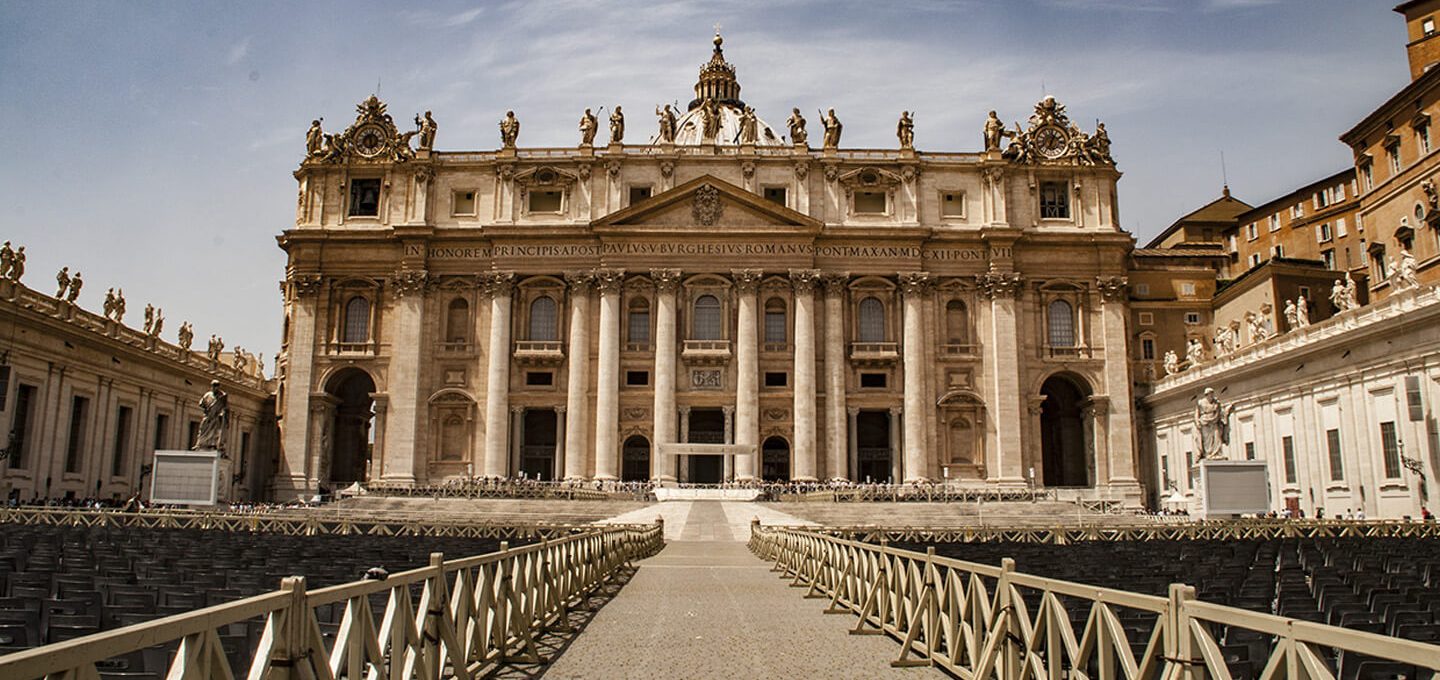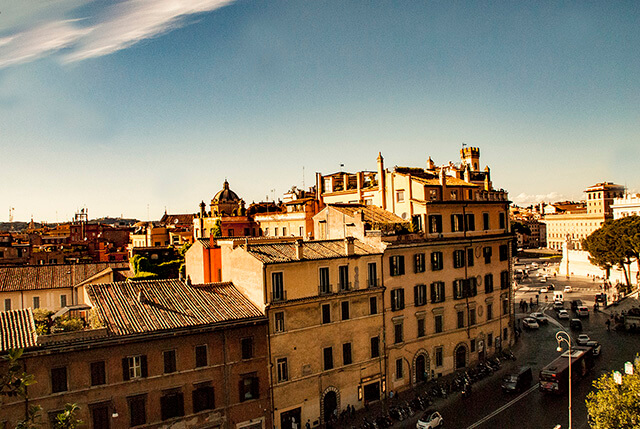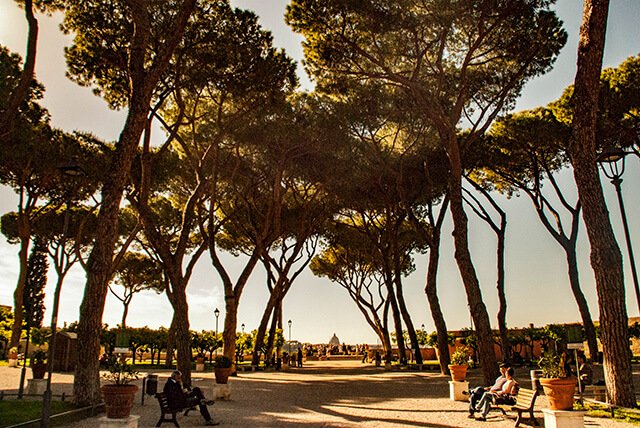Visiting Rome for the first time can be exciting. With iconic sites, including the Colosseum and Vatican City, Rome offers an incredible blend of history and culture, not to mention the culinary delights.
Rome wasn’t built in a day, and taking the time to navigate the city can be both exciting and overwhelming at the same time to fit everything in that’s worth it on a first-time visit.
To make sure you make the most of your trip, we’ve put together a comprehensive guide on what to expect on your first trip to Rome.
Travel Tips For Your First Trip To Rome
Preparing for your journey
When planning a Rome trip, preparation can be key to the travel experience of a lifetime. To start with, here are some essential steps to consider:
Research and itinerary planning
If you don’t already know, it’s a great start to begin by researching Rome’s top attractions and landmarks. Must-see sights such as the Colosseum, Vatican Museums, the Spanish Steps and the Pantheon are amongst some of the most famous. Yet there are hidden little gems in between. Create a flexible itinerary that allows ample time to enjoy the city whilst accommodating unexpected discoveries and stroll through charming squares, stopping off for food and coffee as you explore.
Packing essentials for Rome
A must-do: Pack comfortable walking shoes! Exploring Rome can involve cobbled streets and uneven terrain, as well as lots of walking. It’s a city that doesn’t need a bus tour as most things can be done on foot. In addition to this, when visiting religious sites such as St. Peter’s Basilica and the Sistine Chapel, think about packing accordingly. Don’t forget essentials like sunscreen, a refillable water bottle, and a lightweight scarf or shawl for covering shoulders inside churches, especially if visiting in hot weather.
Language and currency
While English is widely spoken in tourist areas, learning a few basic Italian phrases can be useful when navigating the city. Phrases such as ‘Where is’, translated to ‘Dové’ and learning words like museum, hotel, or the bathroom can help. The Euro is Rome’s official currency so it’s worth understanding the exchange rate at the time of travelling and to notify your bank of your travel plans to avoid card issues abroad.
Arrival and transportation
Transport in Rome is pretty easy to navigate. Especially once you’re in the city as most places are walkable. But they also have ample public transport options, particularly if you wish to travel further outside of Rome on an excursion.
Airport transfer options
Rome is served by two major airports: Ciampino Airport (CIA) and Leonardo da Vinci-Fiumicino Airport (FCO). From Fiumicino, express trains and airport shuttles provide convenient connections to the city centre, while Ciampino offers bus services to Termini Station, Rome’s central transportation hub.
Public transport
Rome has an extensive public transportation network comprising buses, trams, and the Metro, offering efficient access to key attractions if you don’t fancy walking. You can buy single tickets or travel passes valid for multiple days to save time and money while exploring the city.
Walking and exploring
Rome’s compact city centre lends itself to exploration on foot, allowing visitors to fully see the sights and city. It can also mean you stumble upon hidden gems tucked away in narrow alleys and bustling piazzas.
Cultural customs to keep in mind
Respecting local customs and cultural norms is essential when visiting any country. Rome is like most European countries, but some customs might be slightly different.
Dress code for your first trip to Rome
When exploring Rome’s churches and religious sites, modest dress codes such as avoiding shorts, sleeveless tops, and revealing attire out of respect for religion is a good start.
Dining etiquette in Rome
In Rome, dining is not merely a meal but a social tradition. The Italians take dining seriously and enjoy leisurely meals, refraining from rushing through courses. They take a lot of pride in their dishes, so requesting substitutions for traditional meals can be different in certain establishments.
How to greet Roman people
Politeness and courtesy are highly valued in Italian culture. Phrases to learn are a friendly “buongiorno” (good morning) or “buonasera” (good evening) are more formal, whereas you can say ‘ciao’ for both hello and goodbye. Italians are known for their warmth and hospitality so if you can give it a go with the language, they’ll appreciate it.
Site-seeing in Rome
Rome’s wealth of historic landmarks and cultural treasures provide an unforgettable sightseeing experience, especially during your first visit.
Ancient ruins and architecture
Ancient Rome has a lot to offer, including iconic landmarks such as the Colosseum, Roman Forum, and Palatine Hill, where statues and buildings emphasise the history of Rome.
Vatican City
Step into the world’s smallest sovereign state as you visit Vatican City, home to St. Peter’s Basilica, the Vatican Museums, and the awe-inspiring Sistine Chapel adorned with Michelangelo’s masterpieces – and a lot of steps!
Renaissance
The beauty of Rome’s Renaissance art and architecture cannot go amiss with visits to the Pantheon, Trevi Fountain, and Piazza Navona, where Bernini’s magnificent sculptures adorn the city’s famous squares.
You can also find various Renaissance villas around Rome. Eg Villa d’Este, located a 1-hour drive away from Rome. It’s popular for its gardens.
Culinary delights
No trip to Rome is complete without indulging in its delectable culinary offerings:
Traditional Roman cuisine
Don’t forget to experience traditional Roman dishes such as Cacio e pepe (pasta with cheese and black pepper), and carbonara at local trattorias and osterias, where time-honoured recipes are passed down through generations.
Gelato and espresso culture in Rome
Treat yourself to artisanal gelato from Rome’s renowned gelaterias and experience the city’s vibrant coffee culture with a shot of espresso or a frothy cappuccino enjoyed at a traditional café.
Food markets and culinary tours in Rome
Rome’s bustling food markets, such as Campo de Fiori and Testaccio Market, let you sample fresh produce, artisanal cheeses, and regional specialities. Joining a guided food tour to discover hidden culinary gems and learn about Rome’s gastronomic heritage from local experts can be a bonus if you have the budget.
Conclusion: Plan well for your first trip to Rome
A journey to Rome gives you an enchanting blend of ancient history, art, and culinary delights that can leave a lasting impression.
By planning, respecting local customs, and embracing the city’s vibrant culture, your first trip to Rome is sure to be an unforgettable adventure filled with an abundance of fun. Buon viaggio! (Safe travels!)


